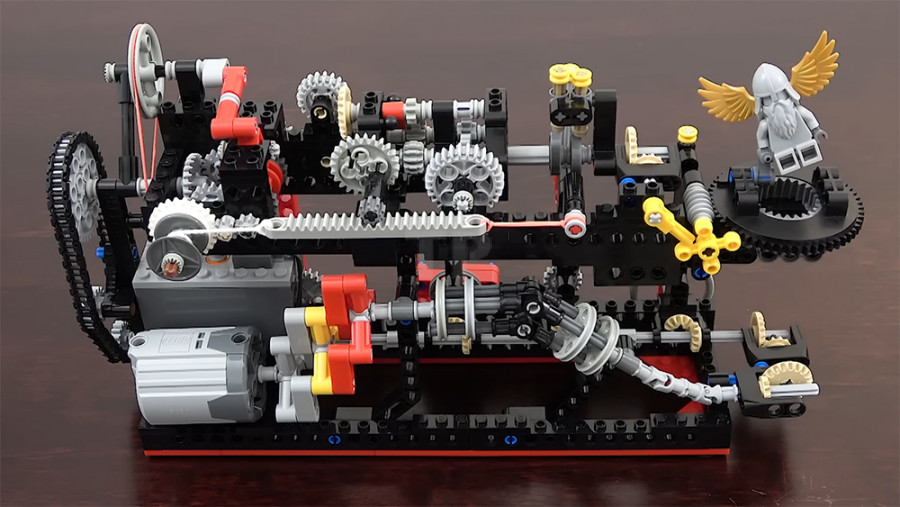lego-based mechanical principles
Science & Technology SciencePosted by NewAdmin on 2025-02-13 08:51:50 |
Share: Facebook | Twitter | Whatsapp | Linkedin Visits: 92

Lego-based mechanical principles have become a fascinating way to demonstrate complex engineering concepts in a simplified and interactive manner. By using Lego bricks, gears, pulleys, and motors, engineers and hobbyists can build working models that explain fundamental mechanical movements, structural integrity, and force distribution. These Lego-built mechanisms are not only fun to construct but also serve as excellent teaching tools in STEM education, allowing students to grasp difficult engineering concepts through hands-on experimentation.
One of the most exciting aspects of using Lego for mechanical demonstrations is the ability to visualize how different components interact. For example, gear trains built from Lego pieces can illustrate torque and speed relationships, while pulley systems can show how mechanical advantage is gained. Many creators have designed functional models of real-world machines, such as robotic arms, conveyor belts, and even functional clocks, using Lego Technic and Mindstorms kits. The modular nature of Lego makes it easy to swap parts and modify designs, encouraging experimentation and problem-solving.
Lego mechanisms also play a significant role in prototyping and innovation. Many engineers use Lego to test mechanical concepts before building full-scale models. The flexibility of the system allows for rapid iteration, making it an excellent tool for testing linkages, cam systems, and even suspension designs. Furthermore, Lego’s integration with motors and sensors has led to the development of fully automated systems, demonstrating principles of robotics and artificial intelligence in a tangible way.
Beyond education and prototyping, Lego-based mechanical principles have inspired competitions and challenges, such as Lego robotics tournaments and engineering design contests. These events push participants to develop creative solutions using limited resources, reinforcing problem-solving skills and engineering thinking. As technology advances, Lego remains a timeless tool for demonstrating and understanding mechanical principles, proving that even the simplest building blocks can lead to complex innovations.
Search
Categories
Recent News
- RBI's UDGAM Portal: Hyderabad's Cyber Fraud Warning
- Hyderabad Gears Up for Presidential Visit: Traffic Advisory Issued
- Hyderabad Crypto Scam: Unraveling a Multi-State Fraud
- Cyber Scams Target Unsuspecting Citizens via RBI Portal
- Telangana's Tech-Driven Policing: Drones Take to the Skies
- RBI Governor Prioritises Digital Security: A Strategic Shift
- Hyderabad's Massive Anti-Drug Operation: 72 Foreigners Deported
- Hyderabad Tackles Traffic with Innovative Parking Solutions
Popular News
- Navigating IPO Market Dynamics Amid Volatility and Regulatory Changes
- Innovative Green Practices and Environmental Initiative
- Massive Worldwide Microsoft Outage Disrupts Multiple Sectors
- తెలుగుదేశం పార్టీ - పేదరికాన్ని నిర్మూలించడంలో వాగ్దానం
- Universities Embrace Remote Learning Technologies Amidst Ongoing Pandemic